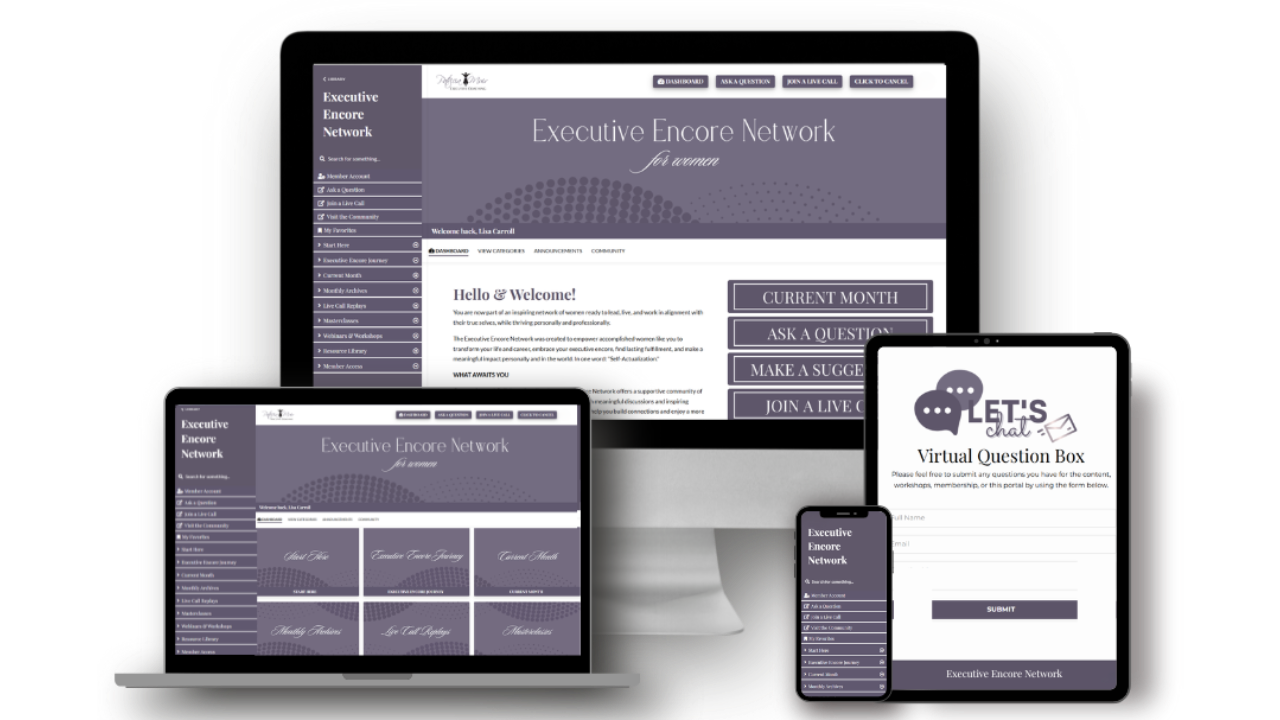
Activating the MAGIC in Your Body to Regulate Emotions
Oct 28, 2022Intentionally Activate Your Parasympathetic Response
How do you intentionally activate your parasympathetic response system?
I wrote about this magical in a recent post1. Your parasympathetic response (PNS) is your body’s way of returning to rest or calm - homeostasis.
Think of it like this: the sympathetic nervous system (SNS)2 works to stimulate fight, flight, freeze, or fawn—ways to keep us alive when in danger. The parasympathetic response system (PNS) is our parachute out of danger. This system regulates our emotions in stressful situations.
Fortunately, there are ways (techniques and practices) to help us strengthen our parachutes:
- Practise deep-breathing (engage vagal tone)3. Your vagal tone is a measurement of your heart rate variability when practising slow, deep breathing. A stronger vagal tone leads to better blood sugar regulation, heart health, and digestion; a reduction in migraines; and greater emotional stability and resilience. Lower vagal tone is associated with mood instability, depression, PTSD, diabetes, chronic fatigue syndrome, cognitive impairment, and inflammation. Fortunately, deep, slow breathing can increase your vagal tone and trigger parasympathetic response.
- To determine your vagal tone, find your pulse. Notice any change as you slowly breathe in and out. Increases as you breathe in and decreases as you breathe out, you have a stronger vagal tone.
- To strengthen your vagal tone, practise slow, deep-breathing.
- Soften your eyes/gaze (use peripheral vision). Softening your gaze or your focus, relaxes nerves in and around the eyes. This often occurs naturally when you are lost in thought or daydream. Conversely, when your SNS has been triggered you might experience the physical version of tunnel vision. When we use peripheral vision, we signal the brain and trigger the PNS.
- To soften your gaze, squeeze and relax your eyes. Expand your vision to the sides: notice what is at the outer edges of your vision.
- To soften your focus, choose a single focal point (a soft pattern, a candle flicker, a leaf). Gently focus, soften your facial muscles.
- Reset your Ventral Vagus Nerve3
- The Basic Exercise
- The Half-Salamander Exercise
- Full Salamander Exercise
- Breathwork - diaphragmatic breathing
Caution: The guidance from an experienced yoga teacher or meditation teacher is invaluable in discovering what breathing practices are safe and effective for you. There are now a plethora of tech wearables and applications that help us to practise and track these grounding practices. Choose wisely and practise safely by honouring your unique physical capabilities. Remember, breathing is not a competitive sport.
Have you ever wondered why "humming" a favourite tune brings you calm? Check out #4) in Other Ways to Stimulate Your Vagus Nerve below3.
Let me know what other techniques and practices work for you.
References and Resources:
- Our Human Body Systems Performing MAGIC!, Stress and our Autonomic Nervous System, Executive Encore, October 21, 2022
- Sympathetic nervous system (SNS), Wikipedia
- Reset Your Ventral Vagus Nerve and Other Ways to Stimulate Your Vagus Nerve, What The Vagus Nerve Is and How To Stimulate It For Better Mental Health, ForbesWomen, April 15, 2021
Your Next Steps
- Explore the connections I make with this topic of Critical Self-Care and Self-Regard in the model of emotional intelligence. Contact with me on LinkedIn. Or click to Get in Touch.
- Contact me to explore the opportunity to create your customized Critical Self-Care Plan supported by a professional coaching plan to make practices stick and sustainable through challenging times.
- Receive Maestro's Encore blog in your inbox with VIP content and specific exercises, self-assessments, and self-assignments related to this topic and to accelerate your emotional well-being and resilience. Start with your 90-Day EQ Mini-Plan or the mini workbook Emotions Drive Performance: Triggers from Thinking to Results - Predispositions, Self-Handicapping, Self-Sabotage
-
Explore strategies for finding fulfillment in your work or your executive encore, finding fulfillment after 60. Schedule a 30-minute complimentary call to explore possibilities. On this call, we will get acquainted and discuss what outcome is important to you. I will explain the application process for working with me and how we would work together. By the end of the call, you will have a "quick-win" action plan.
Next Steps
You don’t need to navigate your Executive Encore alone. Discover a better way to take charge of your experience.
- Schedule a 30-Minute Complimentary Executive Encore Call.
Ready to elevate your encore chapter?
- Join the Executive Encore Network for Women, a membership and community of supportive women ready to inspire and uplift. Subscribe to the Sunday Encore to begin your Executive Encore Journey and register for the next Tour to learn more.


